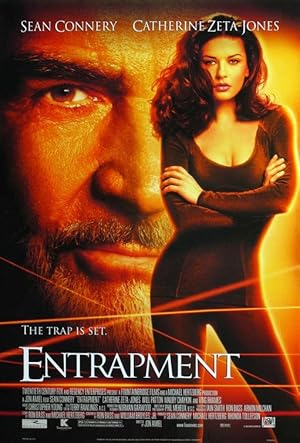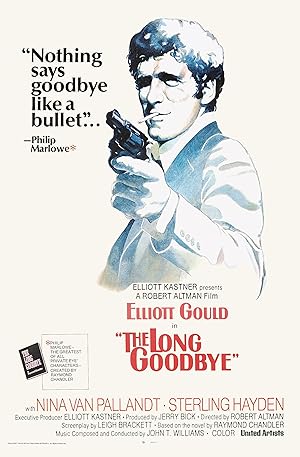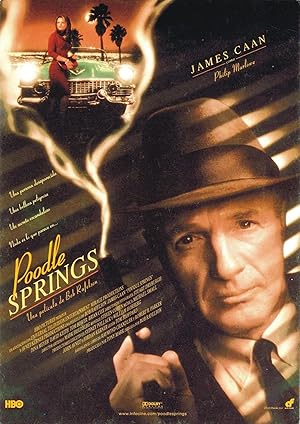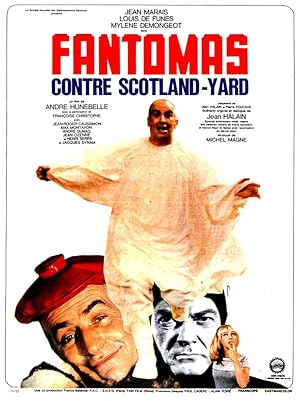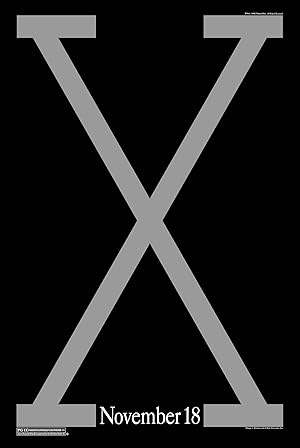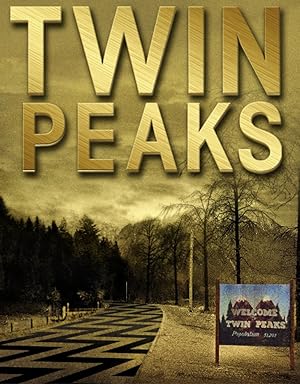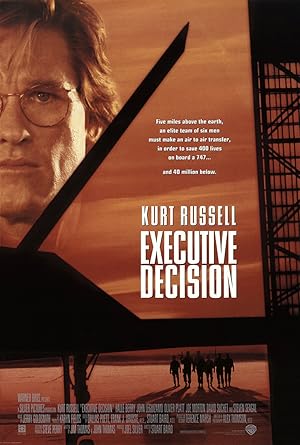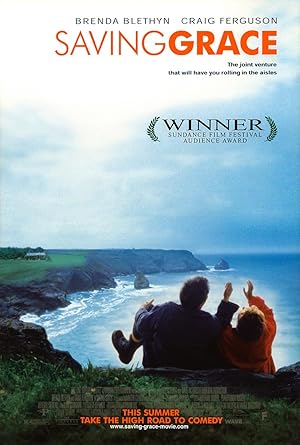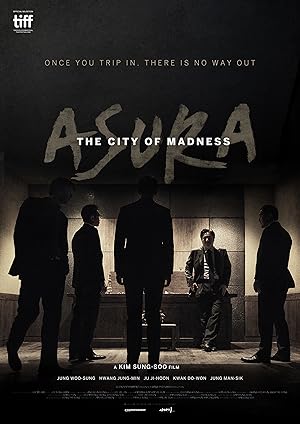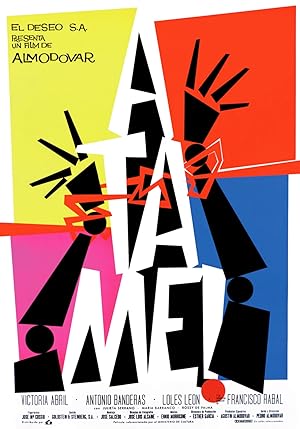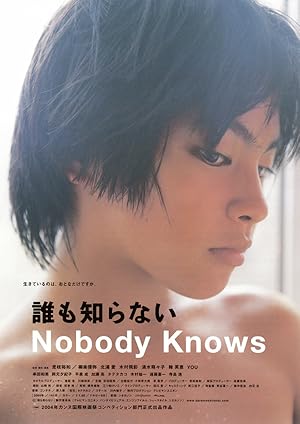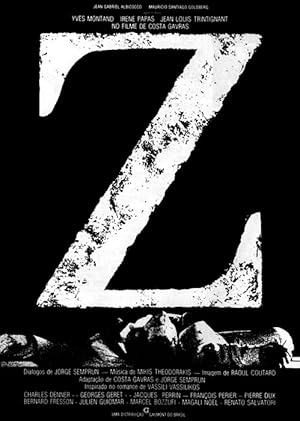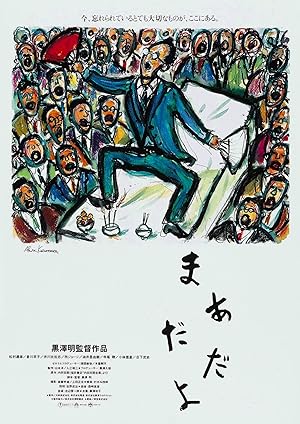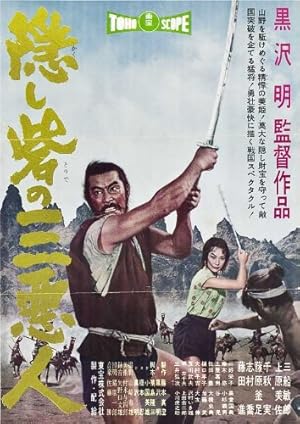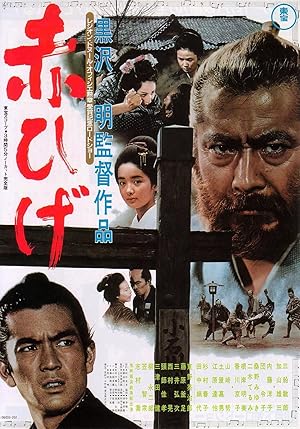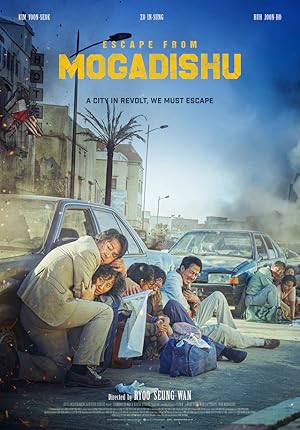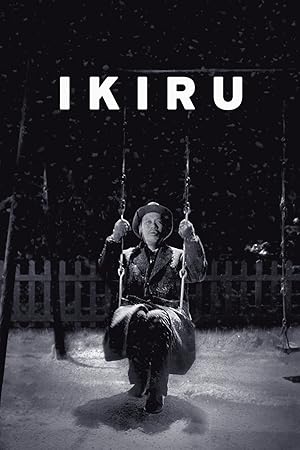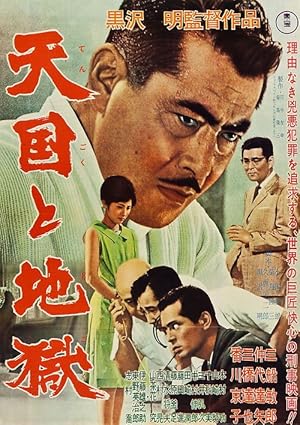
- HD 1080
- Runtime: 142m.
- Status: Released
3
- Languages: ja
- Country: Japan
- Director: Akira Kurosawa
- Stars: Toshirō Mifune, Tatsuya Nakadai, Kyōko Kagawa, Tatsuya Mihashi, Isao Kimura
- keywords: chauffeur, police, ransom, manager, kidnapping, blackmail, baby-snatching, film noir, shoe, japanese noir, emaciation
- Production_studio: TOHO, Kurosawa Production
- Slogan: Stark, intense drama almost beyond belief!
- providers: Max, Max Amazon Channel, Criterion Channel
- The High and Low is featured in the top rankings of 1963
- #1 in Top Drama Movies of 1963
- #1 in Top Crime Movies of 1963
- #1 in Top Mystery Movies of 1963
In the midst of an attempt to take over his company, a powerhouse executive is hit with a huge ransom demand when his chauffeur's son is kidnapped by mistake.


